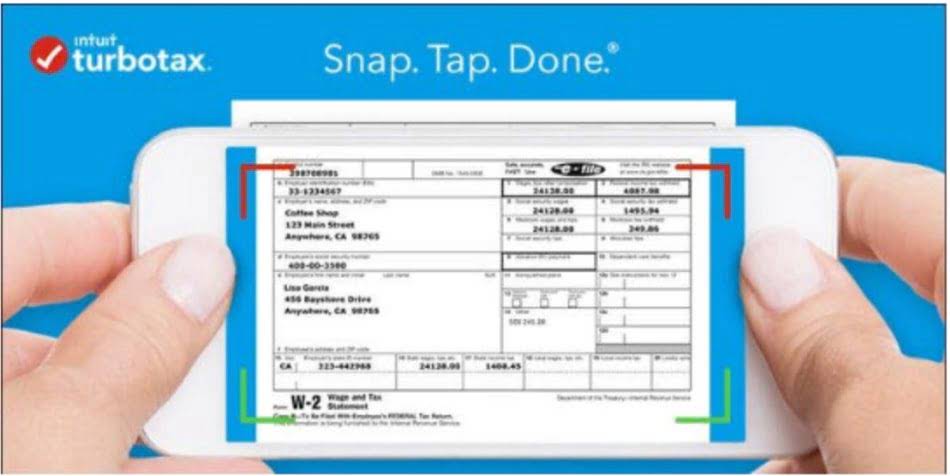
The fixed component remains the same regardless of production or activity levels, whereas the variable component is more dynamic as it rises with increased output. Generally, larger production volumes will result in a higher proportion of variable costs and vice versa. Examples of mixed costs include rent, insurance, management fees, salaries, salaries plus bonuses, and utilities.
Is Salary a Semi-Variable Cost?

Reviewers ensure all content reflects expert academic consensus and is backed up with reference to academic studies. Dr. Drew has published over 20 academic articles in scholarly journals. He is the former editor of the Journal of Learning Development in Higher Education and holds a PhD in Education from ACU. Viktoriya Sus is an academic writer specializing mainly in economics and business from Ukraine.

Give your business an edge with our leading industry insights.

Other expenses, including gasoline and oil, are related to the use of the vehicle and reflect the variable portion of the cost. Like, there could be a situation when there is no production activity in the company. It is so because the company has to incur the fixed cost even though no activity is there. In addition to the fixed cost, the variable cost will be there if the company has some activity and will increase with the increase in the activity level. Both these components are added together to arrive at the total mixed cost of the company. Some of the expenses are fixed because they do not change in total as the number of https://www.instagram.com/bookstime_inc annual miles change.

General Mixed Cost Examples

R is the variable charge per kilometer for distance and D represents distance in kilometers. While some methods may provide more accurate results than others, all methods inherently possess a certain degree of error. This introduces potential inaccuracies and uncertainties in the analysis. It can be arduous to distinguish between the fixed and variable elements, as they often overlap and are not easily separable.
Accounting for Managers
- However, in addition to this black-and-white classification of costs, there is also a third type, which is referred to as mixed costs.
- For example, your internet provider charges you a fixed rate of $50 per month for 500 hours and $2 for every hour over 500 hours.
- If you lease your retail office space, your monthly rent can be a mixed cost.
- A firm with high fixed costs might struggle during slow periods because those bills must be paid regardless of income levels.
- This makes forecasting expenses tricky without understanding the fixed and variable components through methods like high-low analysis.
- This formula helps us figure out costs better by showing us how they go up or down with production levels.
If you lease your retail office space, your monthly rent can be a mixed what are mixed costs cost. The fixed cost would be the flat monthly rate and the variable cost a percentage of your gross sales. For example, you sign a lease with a flat rate of $1,000 per month and pay an additional 10 percent based on your gross sales. Fixed cost, variable cost and mixed cost are three categories of costs with respect to cost behavior, i.e. the relationship between total cost and output in the relevant range. A mixed cost differ from fixed cost in that the total mixed cost changes while the fixed cost remain constant.
The proportion of each component in the total cost may vary depending on production volume. You can categorize your business costs as fixed, variable and mixed based on how they change in response to your sales or production output. Fixed costs remain the same no matter how many units you produce or sell.
- ‘b’ represents the variable cost per unit—this changes depending on your level of activity.
- Both these components are added together to arrive at the total mixed cost of the company.
- Variable costs go up or down based on how much you use them, such as materials needed for production.
- You can categorize your business costs as fixed, variable and mixed based on how they change in response to your sales or production output.
- By understanding the fixed and variable elements of a mixed cost, managers can identify areas where costs can be reduced.
- Viktoriya is passionate about researching the latest trends in economics and business.
- For the past 52 years, Harold Averkamp (CPA, MBA) hasworked as an accounting supervisor, manager, consultant, university instructor, and innovator in teaching accounting online.
What are mixed costs?
- Mixed costs (also called semi-variable costs) are costs that have both fixed and variable components.
- This understanding helps ensure that budgets are realistic and costs are considered and measured.
- In terms of mixed costs, regression analysis can help determine how a certain change in activity level affects the total cost (White et al., 2020).
- Where T is the total trip cost, BF is the base fare which is the same whether you travel 0.5 km or 20 km.
- A mixed cost contains a fixed base rate and a variable rate that fluctuates with use.
While mixed costs offer many advantages, there are some drawbacks that businesses should be aware of, including difficulty in mixed costs’ forecasting and budgeting errors. By assessing the highest and lowest levels of activity, you can compare total costs to identify expense patterns (Weygandt et al., 2018). This understanding ensures that prices are set at a level that covers costs and generates a profit, contributing to the financial https://www.bookstime.com/articles/is-bookkeeping-a-dying-profession stability and sustainability of the business.

0 Comments